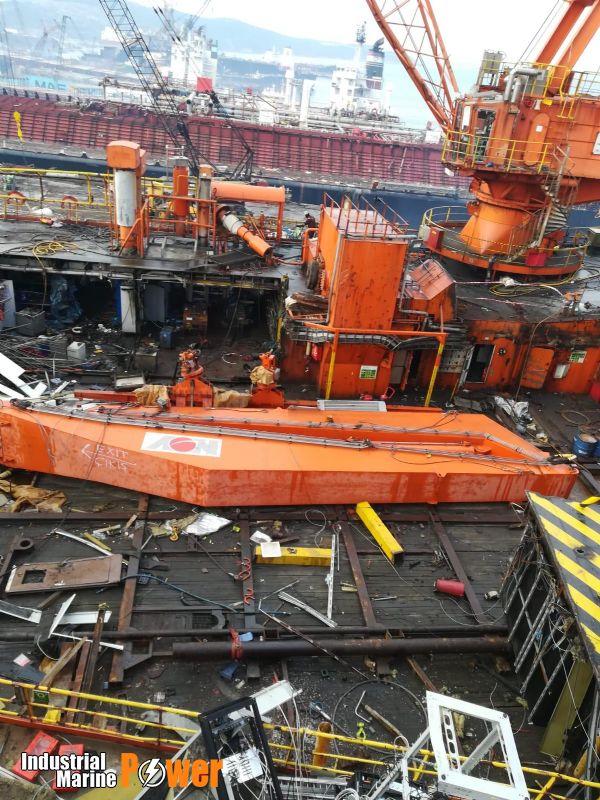Hydralift AS, commonly known as Hydralift Norway, is a Norwegian company specializing in the design, development, and manufacture of hydraulic lifting systems for offshore and marine applications. The company is known for its innovative solutions in heavy lifting and handling equipment used in the oil and gas industry, renewable energy sector, and maritime industry.
Hydralift Norway's products include offshore cranes, subsea cranes, pipe handling systems, and other customized lifting and handling solutions. These systems are designed to meet the demanding requirements of offshore operations, such as lifting heavy loads in challenging marine environments.
The company's headquarters is located in Bergen, Norway, and it has a strong presence in the global market, supplying its equipment and services to offshore drilling rigs, construction vessels, and other marine applications worldwide.
As of my last knowledge update in January 2022, this information should provide you with a general understanding of Hydralift Norway and its core business activities. For the most current and detailed information, I recommend visiting their official website or contacting them directly.
